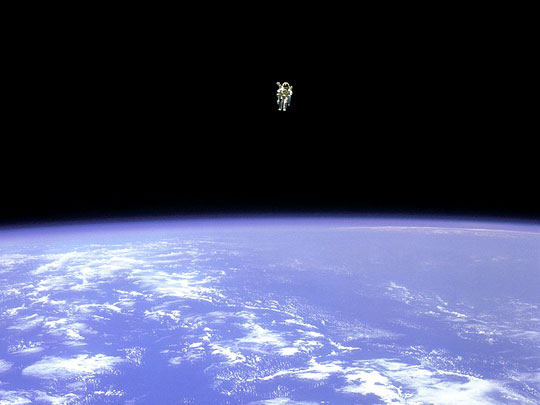NASA / Wikimedia Commons / CC-BY-SA-3.0 / GFDL
1 – The First Untethered Spacewalk
The first untethered spacewalk was made by Americans Bruce McCandless II and Robert L. Stewart on February 7, 1984, during Challenger mission STS-41-B, using the Manned Maneuvering Unit.
Astronauts in every previous spacewalk, or extra-vehicular activity, had been attached to the spacecraft by a long cable.
Captain McCandless and Colonel Stewart used 300-pound nitrogen-propelled backpacks known as manned maneuvering units to make their way through space.
McCandless and Stewart made two spacewalks during the mission, the first lasting 5 hours 55 minutes.
The second spacewalk took place on February 9 and lasted for 6 hours 17 minutes.
The manned maneuvering units used by Captain McCandless and Colonel Stewart were not used again after 1984, with NASA instead deciding to perform only tethered spacewalks for safety reasons.
2 – The Brighton Hotel Bombing
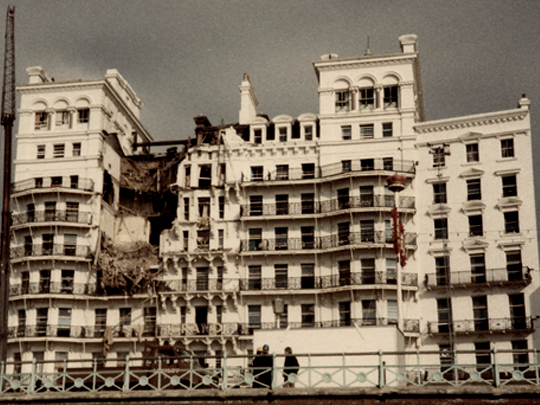
The Brighton hotel bombing was a Provisional IRA (Irish Republican Army) assassination attempt against the British government.
It took place in the early hours of 12 October 1984 at the Grand Brighton Hotel in Brighton, England.
A long-delay time bomb was planted in the hotel by IRA member Patrick Magee, with the purpose of killing Prime Minister Margaret Thatcher and her cabinet, who were staying at the hotel for the Conservative Party conference.
Thatcher narrowly escaped the blast, but five people connected with the Conservative Party were killed, including Conservative MP Sir Anthony Berry, and up to 34 people were injured. Thatcher’s popularity soared in the aftermath of the event.
In June 1985, Magee was arrested in Glasgow and was later found guilty of planting the bomb, detonating it, and of five counts of murder.
Magee received eight life sentences. However, Magee was released from prison in 1999 under the terms of the Good Friday Agreement.
In 2000, Magee met with Jo Berry, the daughter of Sir Anthony Berry.
Berry has dedicated her life to conflict resolution and the pair now often works together under the banner of Berry’s charity Building Bridges for Peace.
3 – Mine Workers in Britain Begin a 51-Week Strike
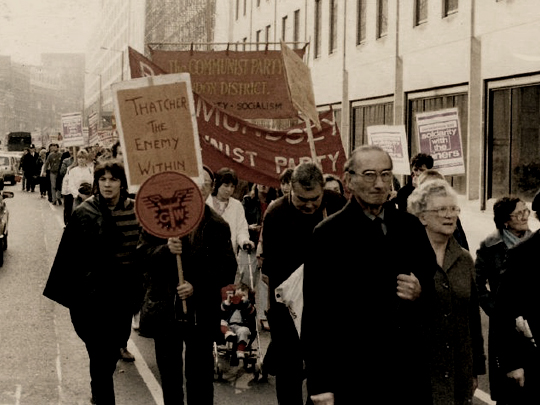
The miners’ strike of 1984–85 was a major industrial action to shut down the British coal industry in an attempt to prevent colliery closures.
The strike was led by Arthur Scargill of the National Union of Mineworkers against the National Coal Board. Opposition to the strike was led by the Conservative government of Prime Minister Margaret Thatcher, who wanted to reduce the power of the trade unions.
The main strike started on 6 March 1984 with a walkout at Cortonwood Colliery, with the union strategy being to cause a severe energy shortage of the sort that had won victory in a 1972 strike.
Thatcher’s government strategy was to build up coal stocks, to keep as many miners at work as possible, and to use police to break up attacks by pickets on working miners.
At its height, the strike involved 142,000 mineworkers. The cumulative number of person-days work lost to the strike was over 26,000,000, making it the largest in the UK since the 1926 general strike.
In September 1984, the strike was ruled illegal as no national ballot had been held. It ended on 3 March 1985.
It proved a defining moment in British industrial relations, significantly weakening the trade union movement and providing a major victory for Thatcher and her Conservative Party.
In 1983, Britain had 174 working pits, but by 2009 there were only six. Poverty increased in former coal mining areas. The coal industry was privatized in December 1994, becoming UK Coal.
4 – The Bhopal Disaster
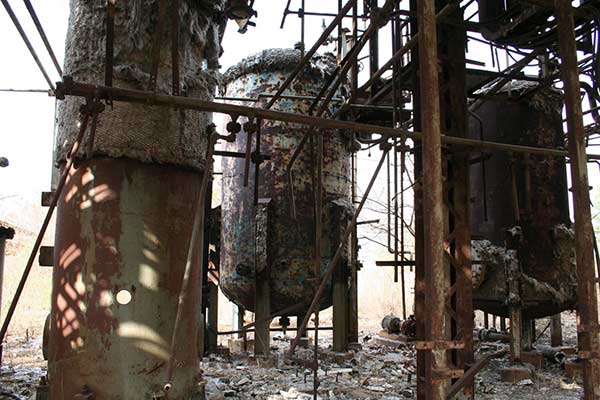
The Bhopal disaster was a gas leak at the Union Carbide pesticide plant in Bhopal, Madhya Pradesh, India, on the night of 2–3 December 1984.
It is considered to be the world’s worst industrial disaster, with over 500,000 people exposed to the highly toxic methyl isocyanate (MIC) gas.
The official immediate death toll is 2,259, with subsequent estimates having as many as 16,000 deaths related to the gas leak.
In 2006, an affidavit stated that the disaster caused over 500,000 injuries.
The Indian government and local activists argue that poor management created a situation where a lack of pipe maintenance caused a backflow of water into a MIC tank, triggering the leak.
Union Carbide maintains water entered the tank through an act of sabotage. In 1989, UCC paid $470 million to settle litigation in the wake of the disaster.
In 2010, seven former employees, including the former chairman, were convicted of causing death by negligence and sentenced to two years imprisonment and a fined $2,000 each, the maximum punishment allowed.
5 – Indian Prime Minister Indira Gandhi is Assassinated by her Bodyguards
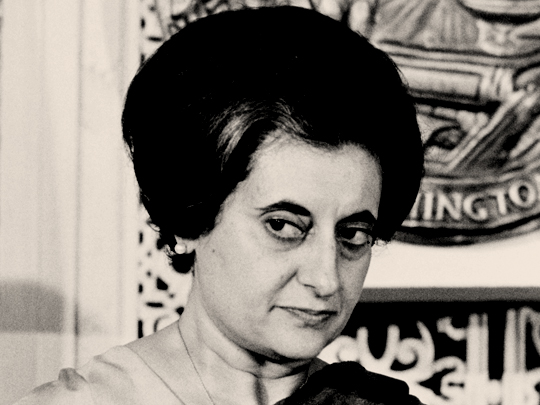
Indian Prime Minister Indira Gandhi was assassinated on the morning of 31 October 1984 at her residence in New Delhi.
Gandhi was killed by her bodyguards Satwant Singh and Beant Singh in an act of revenge for Operation Blue Star.
This was the Indian Army’s assault on the Golden Temple in Amritsar on Gandhi’s orders, which left the Sikh temple heavily damaged in June 1984.
Gandhi was on her way to be interviewed for Irish television by British actor Peter Ustinov. She was walking through the garden of the Prime Minister’s Residence when the two men opened fire.
Police officers Tarsem Singh Jamwal and Ram Saran captured and killed Beant Singh.
Satwant Singh was arrested by Gandhi’s other bodyguards along with a seriously wounded accomplice trying to escape.
Satwant Singh was hanged in 1989 along with his accomplice Kehar Singh.
Gandhi had served as Indian Prime Minister from January 1966 to March 1977 and again from January 1980 until her assassination, making her the second-longest-serving Indian Prime Minister.


